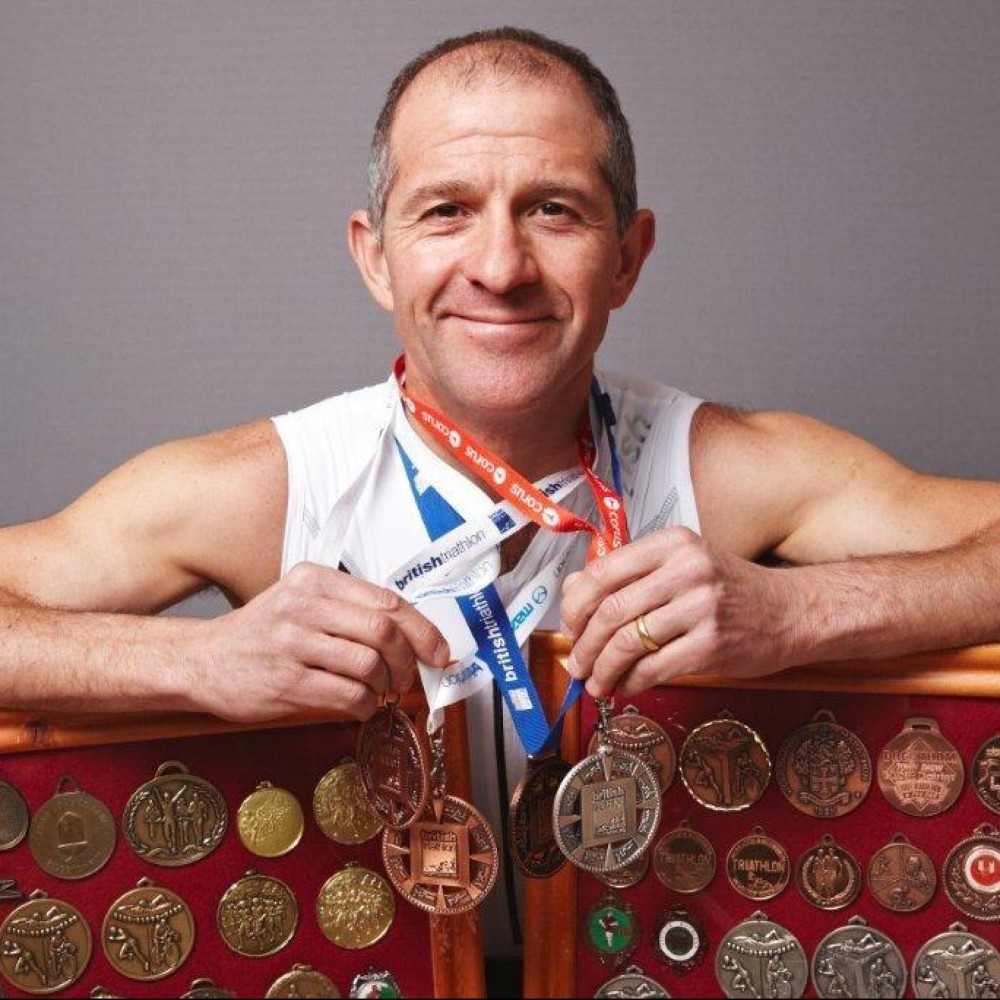Long, low-to moderate-intensity run sessions are great for increasing aerobic capacity and your ability to make the most of your near-endless supplies of fat for fuel, but they don’t prepare you for competing at race pace. That’s where run intervals come in.
Interval training (high-intensity running followed by a brief rest period) allows you to repeat run efforts at high speed, which will pay off come triathlon race day. Improved performance derives from a number of physiological adaptations conducive to optimal speed.
One of the key ones is increasing your ability to recycle lactic acid at a faster pace. Instead of lactic acid accumulating in your blood, bringing with it hydrogen ions, raised acidosis and subsequent slowdown, repeated intervals ensure your body can break down lactic acid and use it as fuel, which is particularly important at sprint- and Olympic-distance racing.
The result of this is that you raise your lactic threshold; in other words, when you race at the same intensity as a pre-interval programme, you’re faster. Interval training also increases VO2 max, as well as strengthening your heart.
For many triathletes, one run interval session a week is fine. Just remember that running is one-third of your sport. To maximise speed, you should also pencil in swim and bike interval sessions; in fact, you could swim two or three intervals a week as there’s less effort placed on your upper body during the bike and run sets.
As for bike, a weekly time-trial effort potentially followed by an easy 20min run is a good idea.
Top interval training tip
Fartlek training (Swedish for speed play) is another proven way to increase speed. A common form of Fartlek training features fast then slow running in an unstructured way. This could be sprinting to the next lamppost, for instance, with hard sections lasting 30secs to 3mins depending on race distance.
What is fartlek training?
AN INTERVAL TRAINING SESSION
Warm-up
1km run
Start at a moderate pace for 200m before building to Olympic-distance race pace by the final 200m
•
1min walk before main set
Main Set
8 x 800m race-pace run
Run at OD race pace with 200m jog-back recovery.
A track is a good place to perform this session because of the accurate measurement, but isn’t essential
Cool-down
1km easy run
•
Note: You should progress after two weeks by completing 5 x 1.6km with 300m jog recovery. Two weeks later, advance to 4 x 2km with 400m jog recovery during main set
